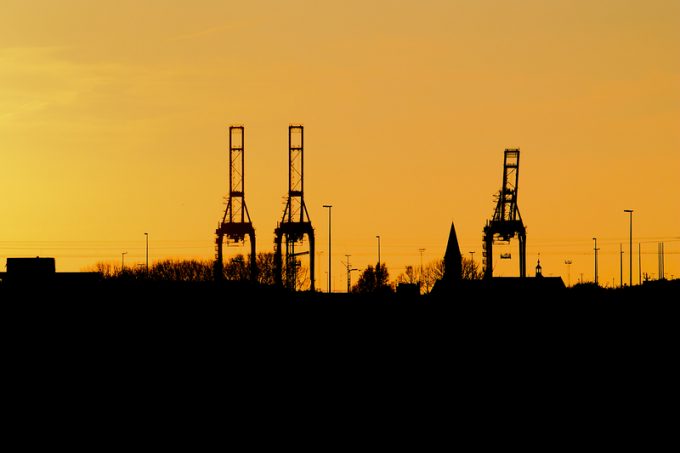Asia-USEC shippers to lose 42% capacity in a surge of blanked sailings
The eastbound transpacific trades are set to see a surge of blanked sailings over the ...

The US federal government should consider stepping in to help container terminal operators stay in business, as volumes plummet as a consequence of the coronavirus pandemic.
Two FMC commissioners, Carl Bentzel and Louis Sola, have written to the department of transport urging it to look at ...

Comment on this article
Gary Ferrulli
May 04, 2020 at 4:27 pmPayments to foreign owned US terminal operators by US taxpayers? How many are true US companies, not pieces of paper making them US companies?